My final thoughts:
Making a mold requires accuracy, don't underestimate the quality of the mold, as the casting material will reproduce any shortcomings.
The idea of using vacuum to assist the material in filling the mold was compromised by the slight leakage along the parting line that gave me some small bubbles in the rim. This is not an issue for a covered wheel, but would be unacceptable in an uncovered one. I have thought I would use a pressure delivery method next time (no next time!), but do have some concern on entrained air if pressure were used.
My first mold half was created by mixing the plaster, and pouring it around the wheel rim that was already in place. Never having worked with plaster of paris before, I underestimated the speed with which it goes from soupy to too stiff! Argh! The second half was constructed by mixing the plaster slightly soupy, filling the mold cavity, and immersing the wheel. Then I trimmed the excess plaster, which was a vast imrovement.
Covering a steering wheel with leather is a job! It reminds me of the joke about "busier than a one-armed paperhanger"! I needed more arms, but when my wife tried to help, there wasn't enough space for both of us. If I had a way to mount it on the steering column, that would have been perfect, but alas, my car is in more pieces than it was made from.
I forgot to mention that I used vaseline as a release agent on the steering wheel rim so it would come out of the mold. It made my hands soft!
I could not manage a baseball stitch, so used a single line around and around method. This helped me maintain tension on the 40# test fishing line I used as thread.
In the approximately 1" diameter of the wheel rim, I left approx. 1/4" gap in the leather, which was closed by pulling the thread tight. The seams at each spoke were approx. 1/2" short, to ensure the cover wouldn't gather along the rim.
Don't use the family sewing machine to sew the seams, take it to a leather shop! My wife just shot me the "look" when I told her the machine wouldn't sew anymore, but you may not be so lucky!
The leather I used was supposed to be garment grade, but had been part of an upholstery job. I measured it at .035-.045" with a dial indicator (well, I have the dial indicator, and shouldn't I use it?).
Would I do it again, or recommend it? Well, it was fun, and I learned alot about molds etc. but it was a big job, and not for just anyone. I do know something about molding in a limited sense, am mechanically inclined, inquisitive, and apparently patient with things that interest me. Am I interested in doing this for others-no, it was an experiment for me. I just thoght others might like to hear about it, and maybe someone else will try it.
The question on the wheel itself: I assumed the wheel was painted, and when I started buffing the "paint" off, discovered that the original wheel was plated. I don't know what the plating is, it seemed a little too dull to be chrome, but maybe it's a different chrome than I'm used to. I can say that as I removed the plating, in order to remove the rust spiderwebs, it seemed to be a little more yellow than the base metal, whatever that means. I took the bare armature to my local powdercoater, and picked out a suitable silver. I think it looks like it did originally, and that was the goal. Chroming would have been an option, but the number of chrome shops in my area is very limited.
Is it perfect? Nah, but it is pretty good, I did it, and I have that satisfaction. It will be part of the total car that I am doing, again not perfect, but pretty good I hope, and I will have done it-if I live long enogh, which at the rate I'm going could be a challenge!
-Dennis
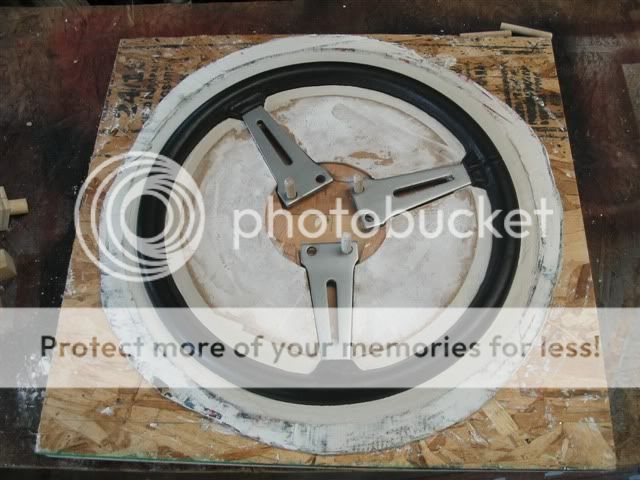


 Hey there Guest!
Hey there Guest!
 smilie in place of the real @
smilie in place of the real @
 Pretty Please - add it to our Events forum(s) and add to the calendar! >>
Pretty Please - add it to our Events forum(s) and add to the calendar! >> 

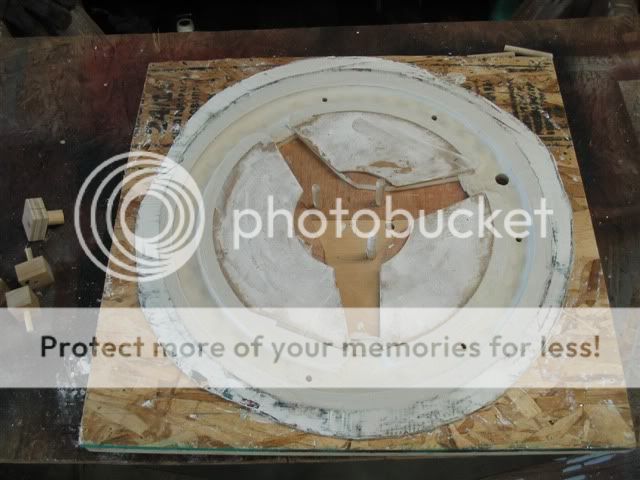

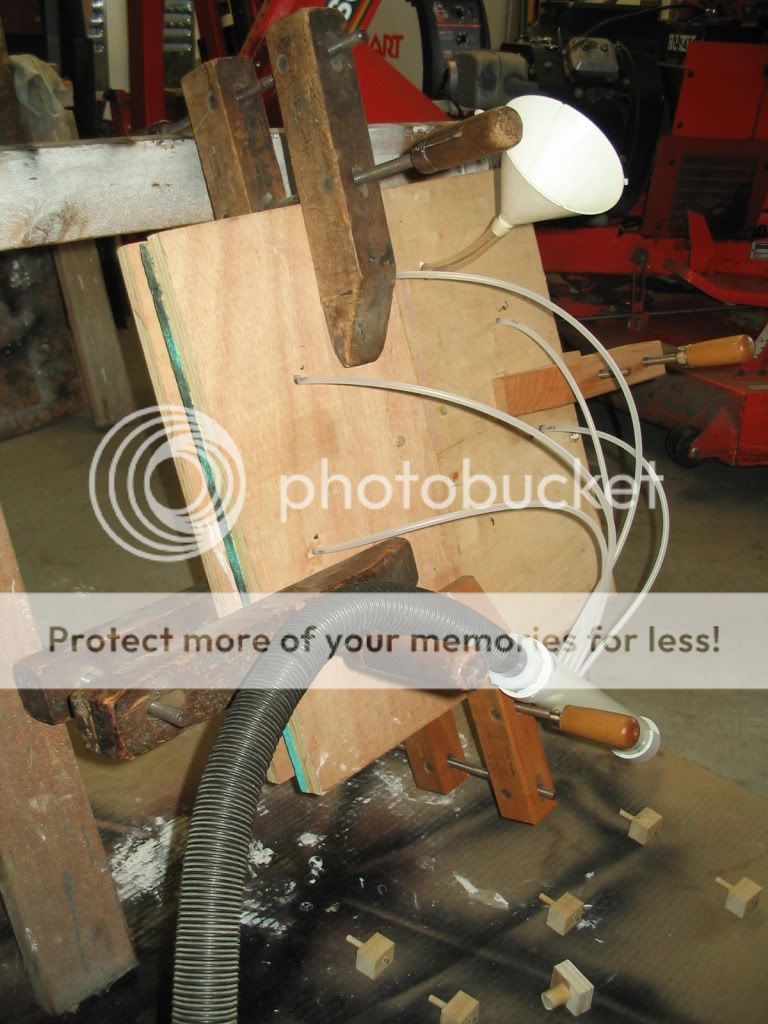
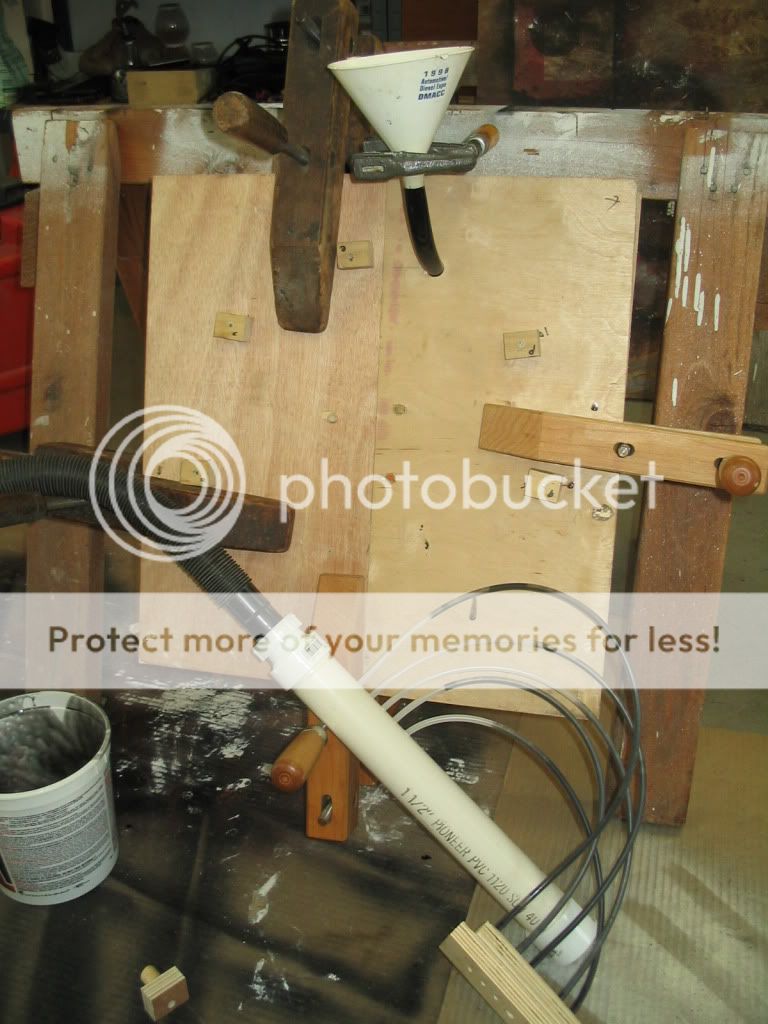
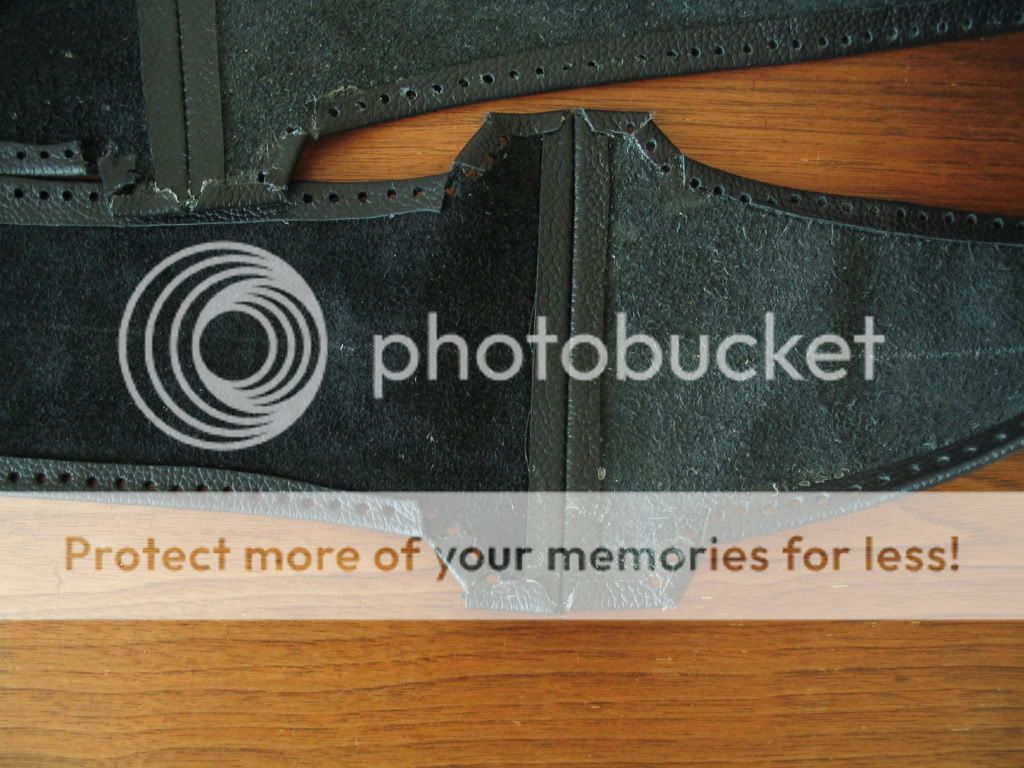
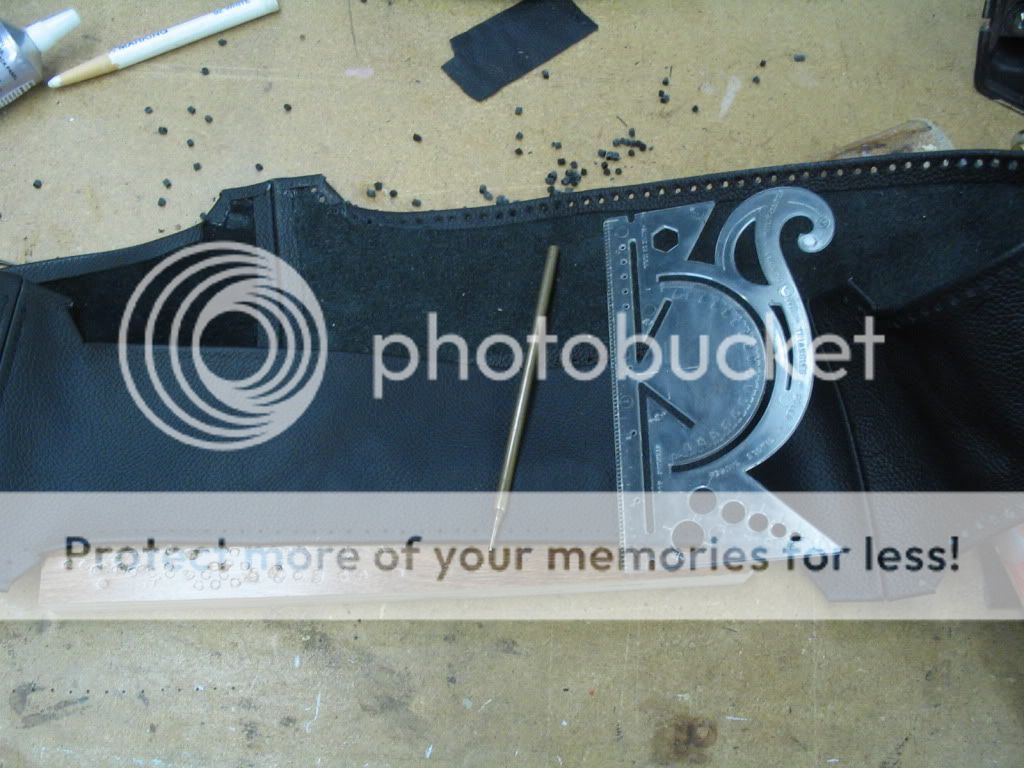

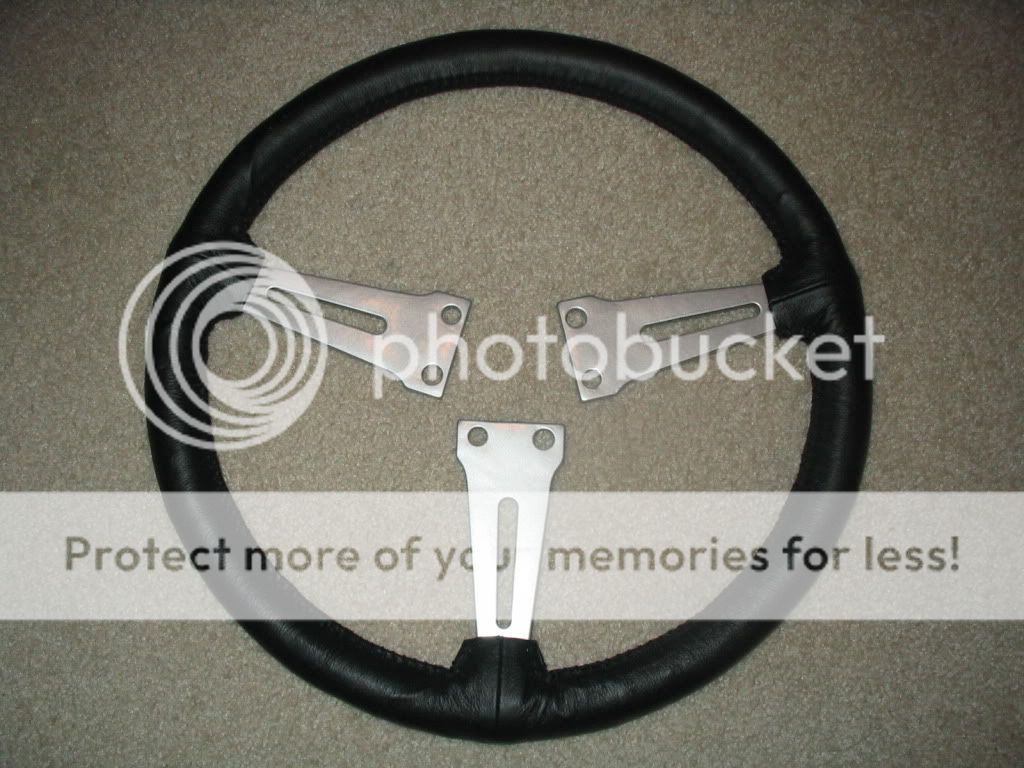
 A friendly reminder - be careful what links you click on here. If a link is posted by someone you don't know, or the URL looks fishy, DON'T CLICK. Spammers sometimes post links that lead to sites that can infect your computer, so be mindful what you click.
A friendly reminder - be careful what links you click on here. If a link is posted by someone you don't know, or the URL looks fishy, DON'T CLICK. Spammers sometimes post links that lead to sites that can infect your computer, so be mindful what you click.